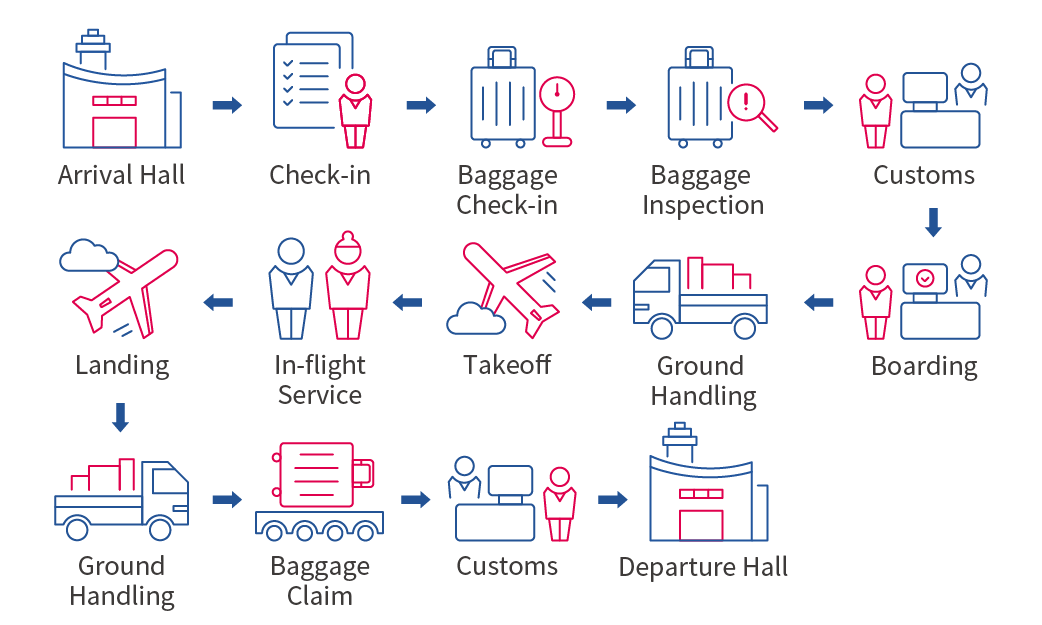|
Response item |
Target and specific actions |
| Governance |
Strengthen climate governance |
- Reported climate governance (including nature resources and biodiversity issue) reports to the Sustainability and Risk Committee (renamed Sustainability and Risk Committee since 2025) of the Board of Directors.
- Quarterly report on corporate and Group greenhouse gas management progress and performance to the Board of Directors.
|
| Enhance management supervision and cross- departmental operations |
- Implement corporate governance and comply with green finance requirements.
- Promote the adoption of TCFD and integrate related standards and guidelines such as SASB, IFRS S2, and TNFD.
- Continuously manage short-, medium-, and long-term ESG performance through a rolling process.
|
| Strategy |
Enhance TCFD capabilities |
- Increase the comprehensiveness of quantified financial information, and implement and adhere to SOP.
- Continue to promote cross-unit information operation platforms.
|
| Climate response strategies and management |
- Incorporate climate and natural resource risk and opportunities into the overall company strategic planning, and implement relevant response measures
- Integrate climate change impact issues into route planning, operational performance review, and other operations. Develop timely contingency strategies
- Develop Forest and Biodiversity Conservation Policies and Management Measures, and implement supply chain management operations.
|
| Participate in important engagements |
- Participate in the operation of international and Taiwan's important climate policy engagement platforms, keep abreast of policy development trends, and get hold of the right to speak.
- Promote development strategies for domestic sustainable aviation fuel through collaboration among industry, government, and academia, and participate in the national SAF pilot program.
- Continued to intensify participation in the IAGOS-PGGM international climate change scientific research program, and IATA global turbulence research.
- Actively engage in execute initiatives for forest and biodiversity conservation.
|
| Risk management |
Strengthen the existing enterprise risk management mechanism |
- Combined the CAL value chain and the environmental risk management mechanism, continue to implement and expand the GHG inventory and environmental (including natural resources) and energy risk assessments of key suppliers, strengthened the detection of climate risks and opportunities as well as management, and enhanced the capability of continuous operations in response to extreme weather.
- Responded to Taiwan Financial Supervisory Commission requirements and expanded the inventory of greenhouse gas emissions of overseas branches and help subsidiaries in the Consolidated Financial Statements gradually set up greenhouse gas management operations and capabilities.
|
| Strengthen the existing enterprise risk management mechanism |
- Incorporate climate factors into the existing enterprise risk management mechanism to strengthen climate risk / opportunity detection, response, and control capabilities in all units.
- Combining data from the IAGOS-PGGM project with the output results of CAL 777F fleet turbulence detection algorithm software not only contributes to the United Nations and IATA's climate research but also enhances CAL own climate resilience in route management and operations.
|
| Respond to international carbon transition risks |
- Participate in the carbon offsetting and reduction plans of the International aviation industry.
- Continued to enhance MRV capacity for EU ETS, UK ETS, and CORSIA mechanisms
- Studied and performed carbon rights / credit transactions.
|
| Implement carbon reduction and energy transition |
- Enhanced monitoring of electricity consumption and installed dedicated electricity meters on equipment / processes with high energy consumption. Continued to perform replacement and renewal of high-energy-consuming facilities
- Installed renewable energy facilities such as solar PV and set and achieve installed capacity targets.
- The energy management system operates continuously and strives to improve management effectiveness.
- Collaborate with international fuel supplier on Sustainable Aviation Fuel (SAF) promotion projects.
|
| Metrics and targets |
Continuously optimize GHG inventory |
- Continued to conduct greenhouse gas emissions inventory at global operating areas in accordance with ISO 14064:2018, covering categories
1-6 greenhouse gas emissions both inside and outside the organization every year, and improve the quality of greenhouse gas emissions data.
- Deepen and expand the greenhouse gas inventory and verification processes across the group and overseas subsidiaries.
|
| Implement carbon emission reduction targets and KPIs |
- Declare and implement the target of achieving net-zero carbon emissions by 2050.
- Achieve Science Based Targets initiative (SBTi) approval: improve fuel efficiency by 26% by 2030 compared to the 2019 baseline, covering Scope 1 (Category 1) and Scope 3 fuel- and energy-related activities (Category 4).
- Establish approximately 89 environmental and carbon reduction KPIs, with execution performance reviewed quarterly by the Corporate Environmental Committee chaired by the General Manager.
|
| Attain flight carbon reduction objectives |
- Continuously promote programs such as "fleet renewal," "airframe weight reduction," "flight operations optimization," and "maintenance improvement."
- Conduct fleet planning based on medium- and long-term business growth and carbon reduction trends.
- Continuously enhance flight fuel efficiency, improve load factors, monitor new technologies and the development of new low-carbon aircraft, and evaluate timely introduction.
- Continue promoting the implementation of sustainable aviation fuel (SAF) blending operations and invite corporate clients to jointly support and participate.
|
| Increase fuel efficiency |
- Continue promoting fuel-saving operations in flight and continuously improve fuel efficiency each year.
- Optimize network planning by adapting to the pandemic and international development trends, and right-size the passenger and cargo fleet accordingly.
|












